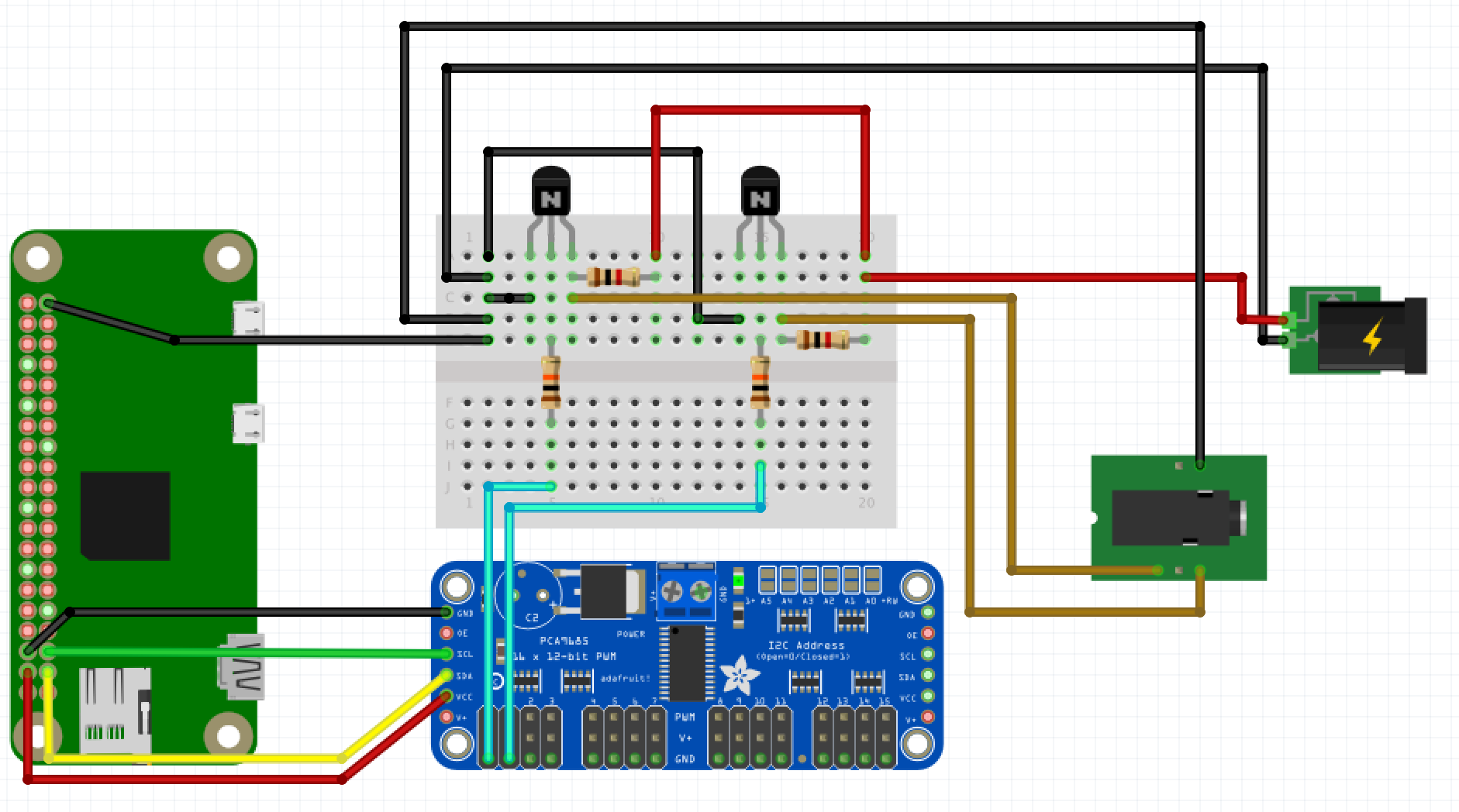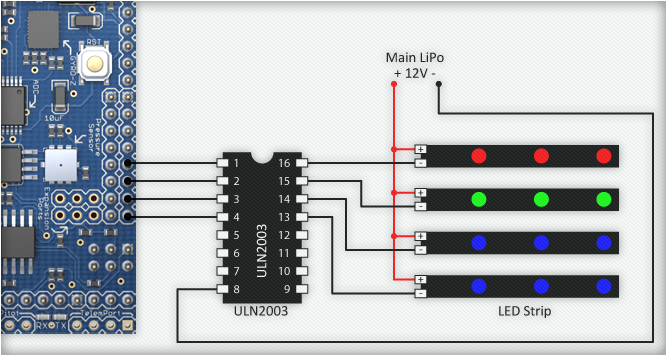- Joined
- Jul 24, 2010
- Messages
- 364
- Reaction score
- 381
Updates from one of the recent hardware experiment
I have mentioned this issue earlier, that I experience some led flickering issues while running then via rpi based pwm and powered by lm2696 modules. I was not sure if this is due to the power source itself or the way we wire then power connection to pi (gpio or microusb) .
Here is how it looks (notice the jitter)

Here is how a good pwm signal looks (either from pca9685 or from pi powered by separate micro usb based powersource)

So I decided to test it out with all possible combination and order few things. In particular the microusb breakout board from adafruit (2$)
https://www.adafruit.com/product/1833
I also created a male micro usb to female jumper wire connector


Next I run two types of tests , one with dedicated power source and using gpio connector

And another with lm2596 with microusb connector


What I learned was irrespective of how I wire the power connections to pi, lm2596 always produce jitter in pwm signal and dedicated micro usb based power source (even if its connected via gpio) produces clean pwm signal from pi . There are articles in the internet around ripple generated by lm2596 , I ll read those next


I am absolutely no expert on this stuff, but my understanding is they need more capacitance particularly high frequency (i.e. ceramic capacitors) to calm the jitter a bit. Again no expert here, no guarantee stated or implied, no returns, sold "as is", and your millage may vary.





















